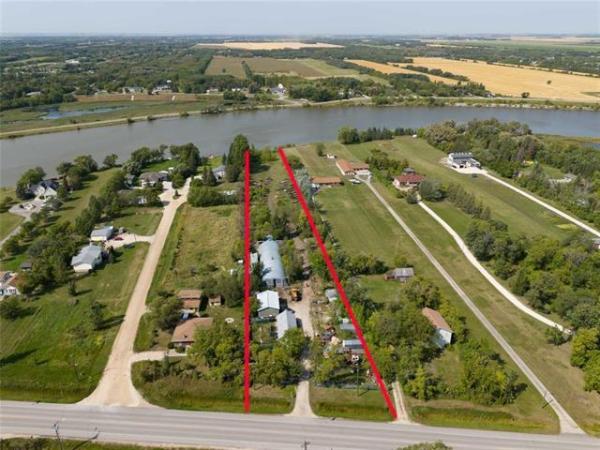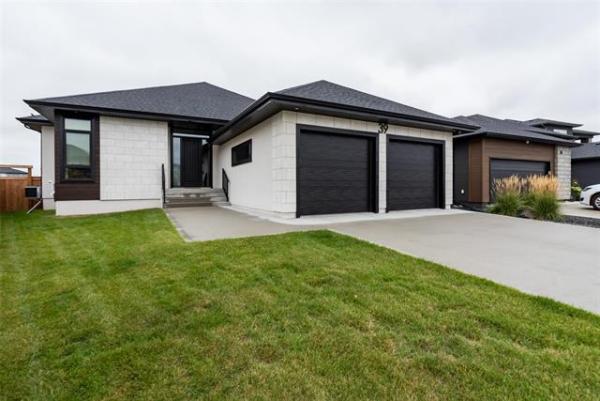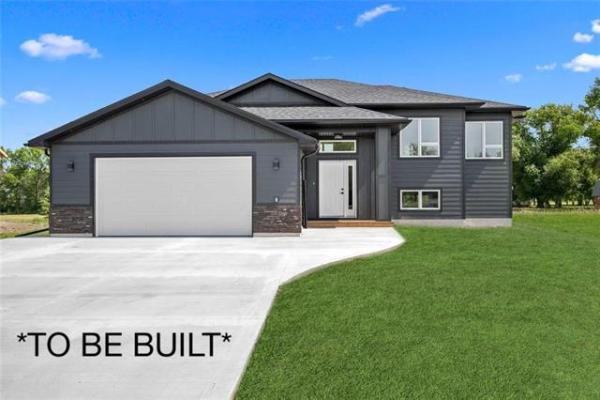Question: I have a peculiar problem in my semi-detached house. My neighbour next door is a tenant. She smokes marijuana and the smell I suspect comes through an electrical outlet and my fireplace when my air conditioning is on. I wanted to check if you might be able to help me out? Regards, Aman.
Answer: Odours from smoking in attached homes and multi-family dwellings has always been a problem and one that could be solved by diplomacy or one other way. Moving to a smoke-free building may be the surest way to nip the problem in the bud.
Over the years, I have received many questions about prevention of second hand smoke from entering homes from neighbour’s, especially in multi-family buildings. We all know that cigarette smoke can be very harmful and recent studies suggest that smoke from others nearby, second hand smoke, may also have effects on our personal health. Since the legalization of cannabis, another dimension has been added to this issue. There are not a lot of studies that can conclusively say that second hand marijuana smoke is hazardous, but it can be very offensive to some people due to the strong smell. In some jurisdictions, like here in Manitoba, smoking in public places is prohibited and you are only permitted to consume cannabis in a private home or property. While many people may ignore that rule, it may only make your problem worse if the offenders only smoke at home inside their dwelling.
There may be some ways of air sealing common walls between dwellings, which could provide some relief, but will not likely stop the smell from penetrating your living space completely. There are fire/safety restrictions to prevent smoke and fires from gaining access through common walls between your two homes, but the smoke may also have alternative means of ingress. Vent hoods, especially the air intake for your HRV, may allow some air, smoke, and odours from outside to be drawn inside your home. Open windows, doors, attached garages, and any other small openings in the building enclosure may also be a source of the problem. Sealing up any of these areas of potential air leakage, with caulking, weatherstripping, or blow-in foam may help.
The other main recommendation is to use diplomacy to help prevent the problem from getting out of hand. Talking to the tenants and explaining your dilemma may be the simplest way of keeping your home smoke and odour free. They may not be aware of the problem and how their choices are affecting you and your family. Changing their habits by only smoking outside the building may prevent the majority of the fumes from gaining entry to your home. In colder weather, where outside consumption may be difficult, smoking only in rooms with exhaust fans on full speed may help to dissipate the smoke to the exterior, as well. If they are uncooperative, talking to the landlord and explaining that their indoor recreational use may be causing potential harm to his property may get his attention. He may not even be aware of their habits, as many owners do not permit indoor smoking of any kind in their properties.
You may also suggest to the landlord that establishing a smoke-free policy for his tenants is to his benefit. Smoking of any kind will leave lingering odours in carpets, drapes, curtains, and other soft materials inside a home. Also, the products of combustion of tobacco and cannabis may plate out on walls and ceilings, leaving visible stains. These can be difficult to remove and will have to be cleaned, primed, and painted before the next tenant moves into the home. That will add expenses for the property owner, and may delay easy rental to future tenants.
If you get nowhere with the nice neighbour approach, which is a possibility, there may be only one other conclusive way to prevent smoking biproducts from gaining entry to your living space. Put up a for sale sign and find another place to live. This may seem like a drastic step, but looking for a home with strict non-smoking policies might be the final solution. There should be many buildings, even semi-detached homes, where the condominium association, landlord, or building owner has forbidden smoking in and around the property. If a single-family home is out of the question, for affordability or other reasons, searching for smoke-free dwellings may be your answer.
Having a polite, friendly conversation with the next-door tenants in your semi-attached home may be an easy solution to preventing potentially harmful and annoying odours from marijuana smoking from entering your living space. Failing that, moving out and finding a properly enforced, smoke-free building may be the only way to ensure you are no longer bothered with this troublesome issue from the habits of your neighbours.
Ari Marantz is the owner of Trained Eye Home Inspection Ltd. and a Registered Home Inspector (RHI)(cahpi.ca). Questions can be emailed to the address below. Ari can be reached at 204-291-5358 or check out his website at trainedeye.ca.
trainedeye@iname.com



